Motivation
This project starts as an entry for the Coin Cell Challenge, but I hope it will outlive it.
I enjoy microcontroller projects and geocaching. Let's make something that will be fun not only for me, but also for others!
Goal
The basic idea is to make a beacon that periodically transmits a number. This number will be used a password for a virtual geocache.
The device should be small and easy to hide. It should last a year on a single battery. The battery must be replaceable. It will be placed outside, so it must be weather-resistant (rain, snow, ice, direct sunlight, temperatures -20°C to +60°C). Transmission must have a broadcast range of at least 20m (up to 50m if possible). It should follow a well documented protocol. The number should be hard to guess and contain a checksum.
Construction of a receiver will be left to the geocacher, but example code and schematic should be included
 piotrb5e3
piotrb5e3
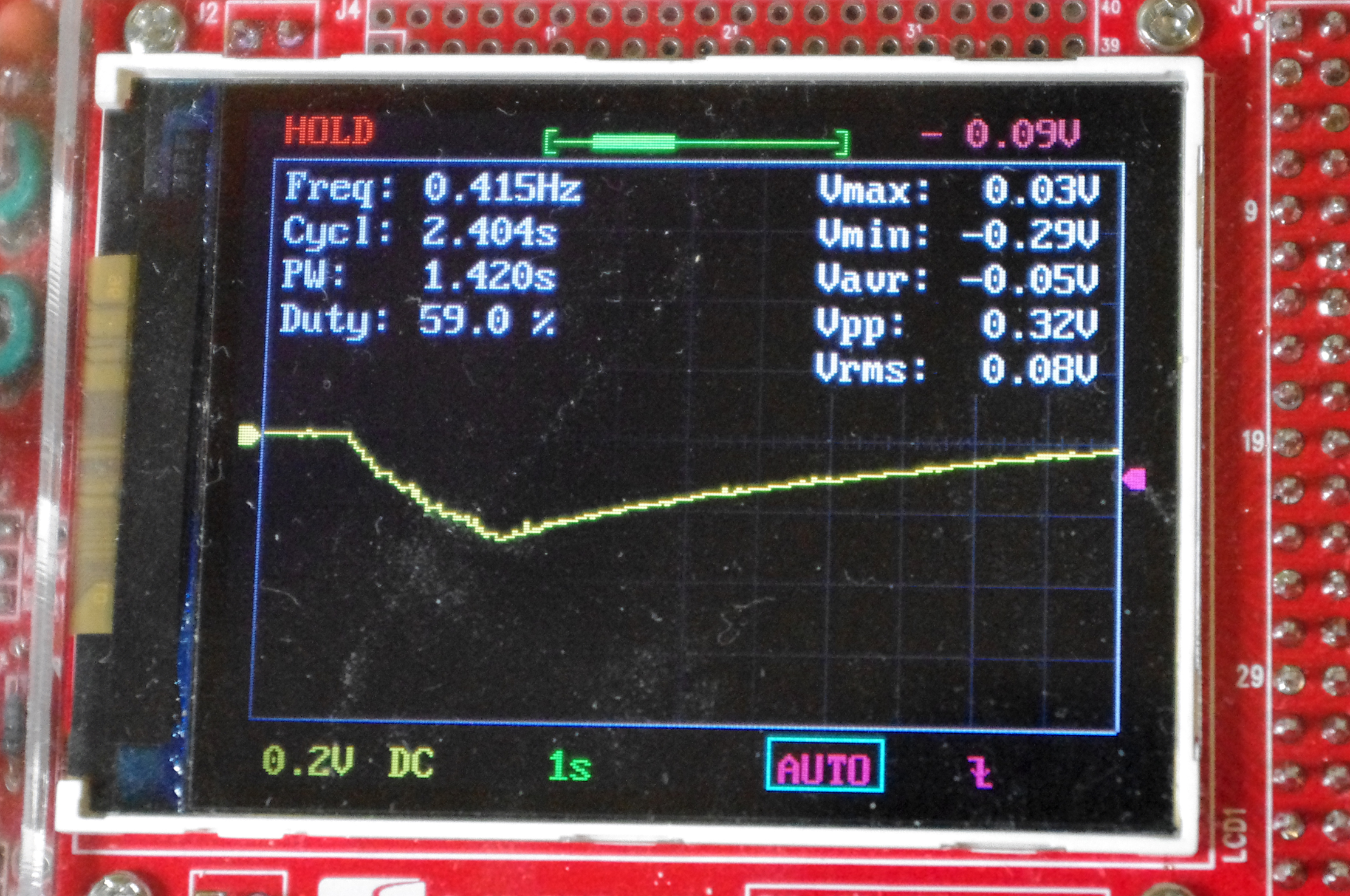

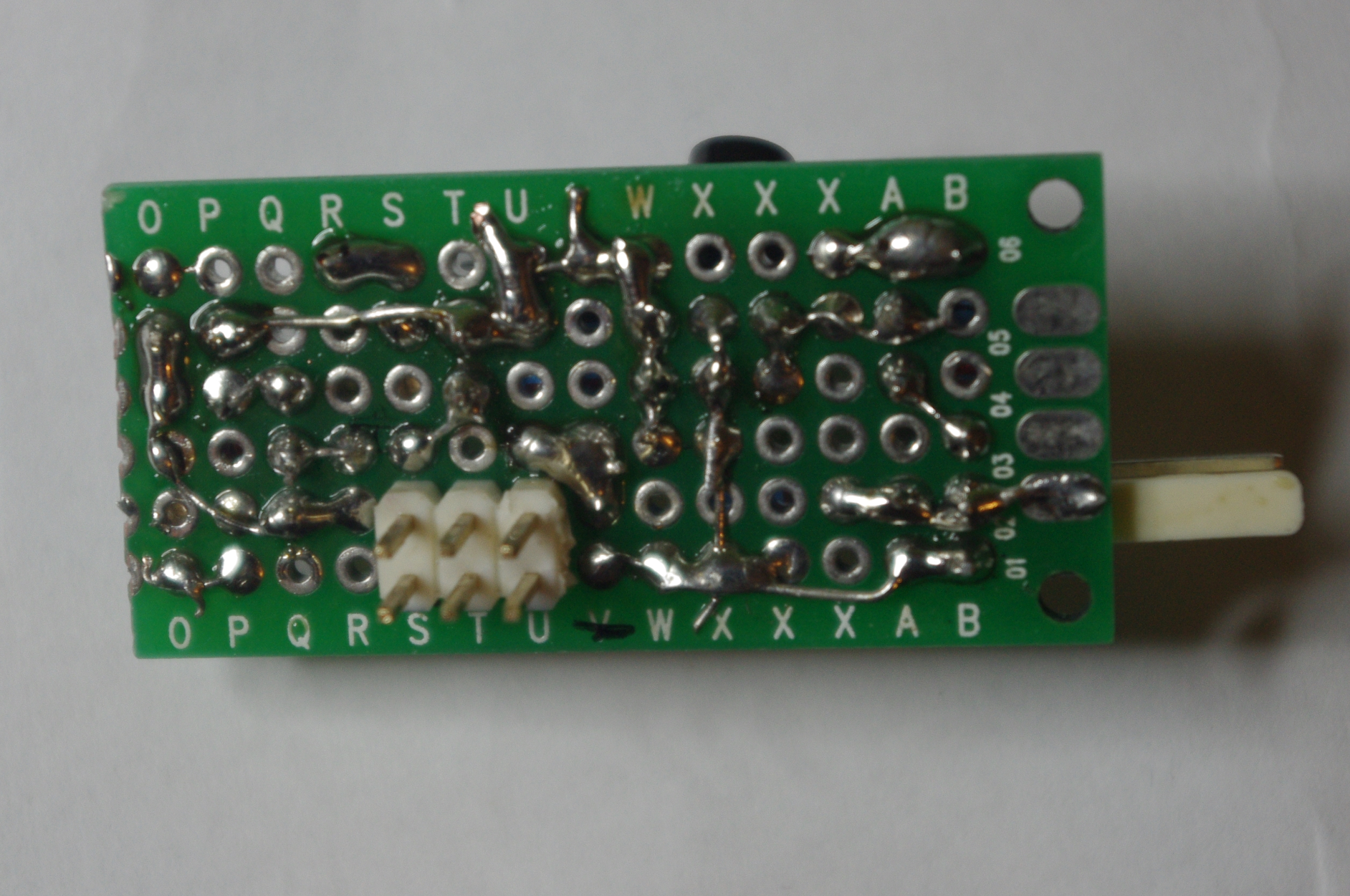
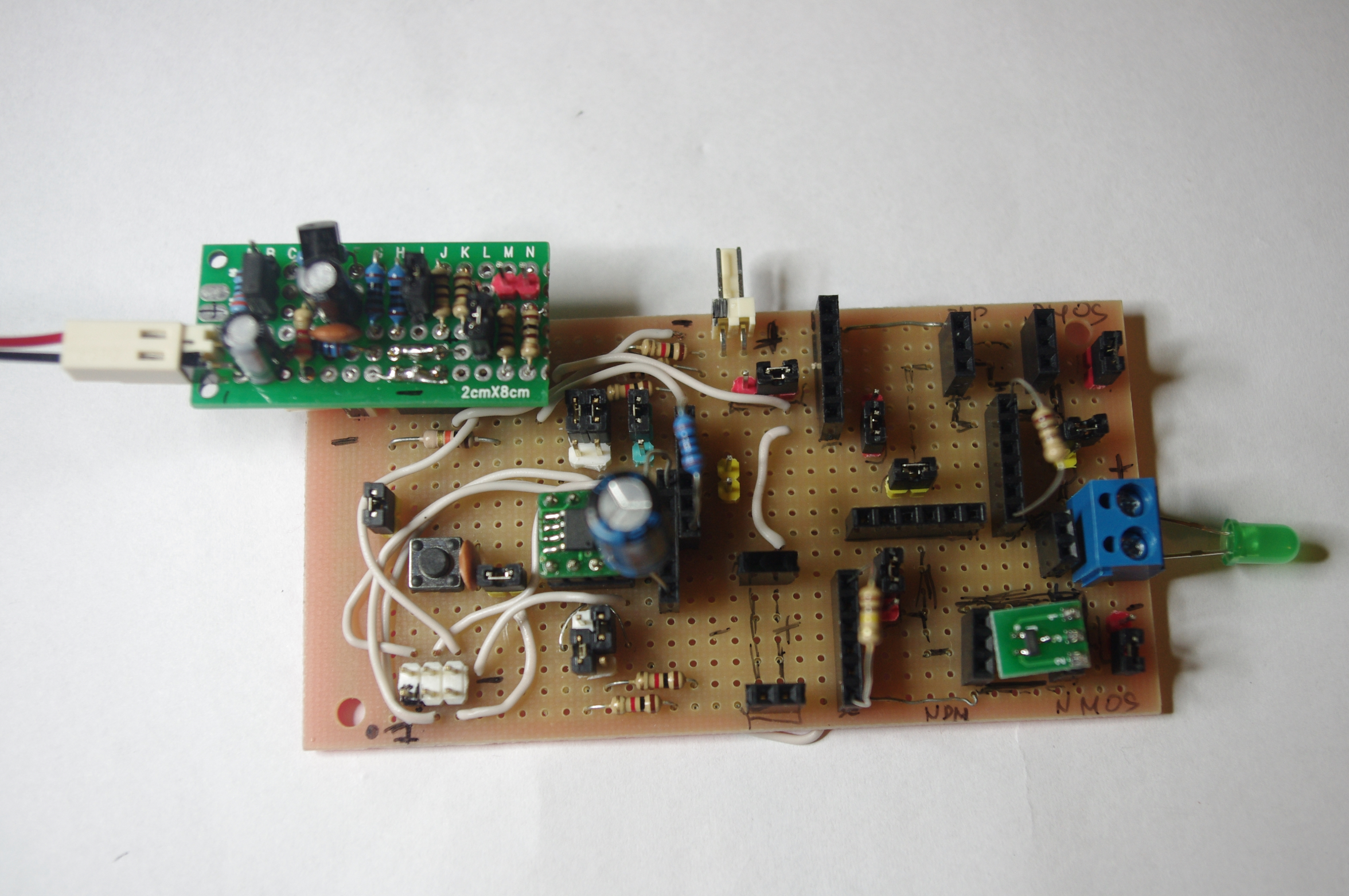
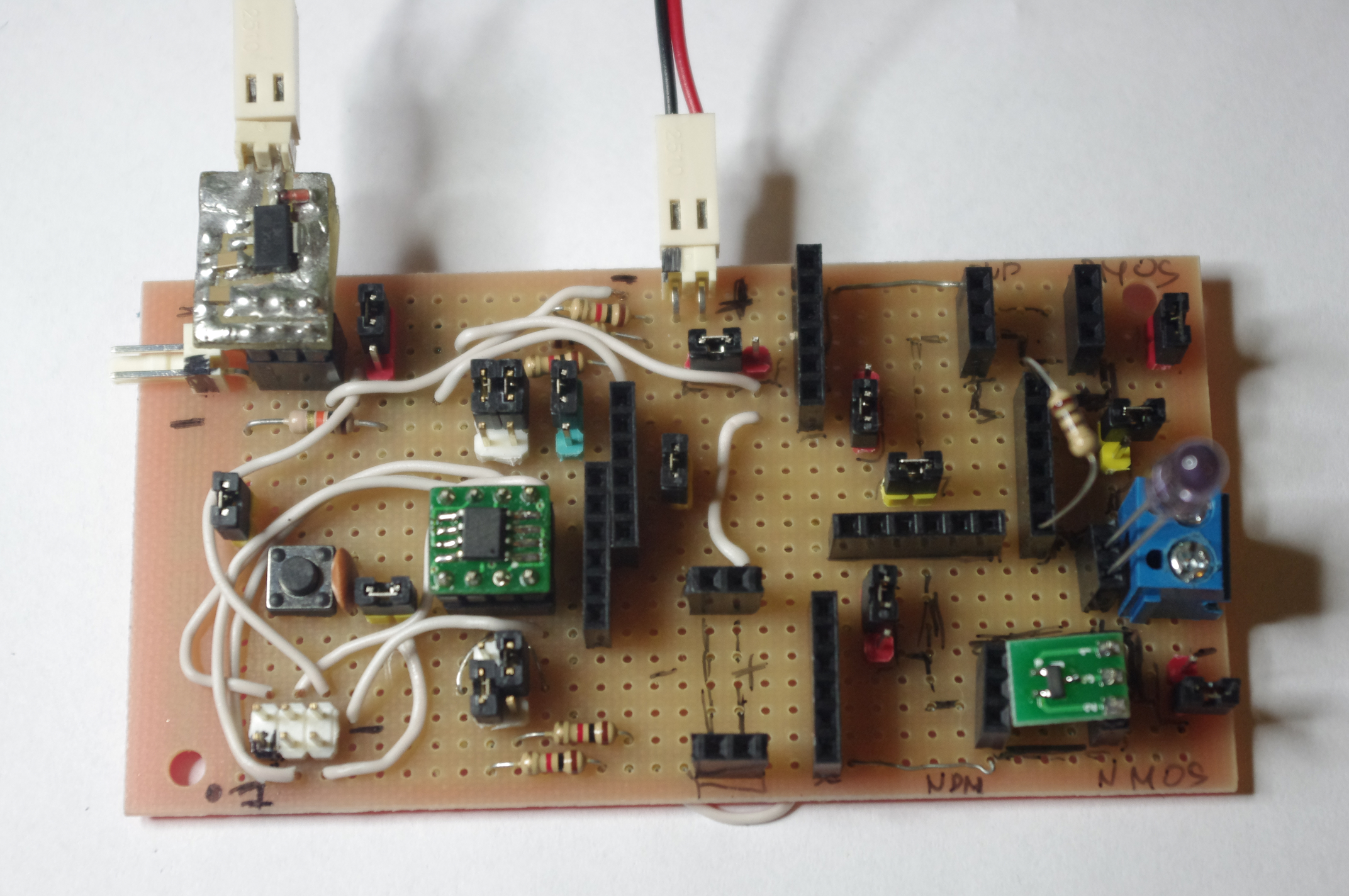

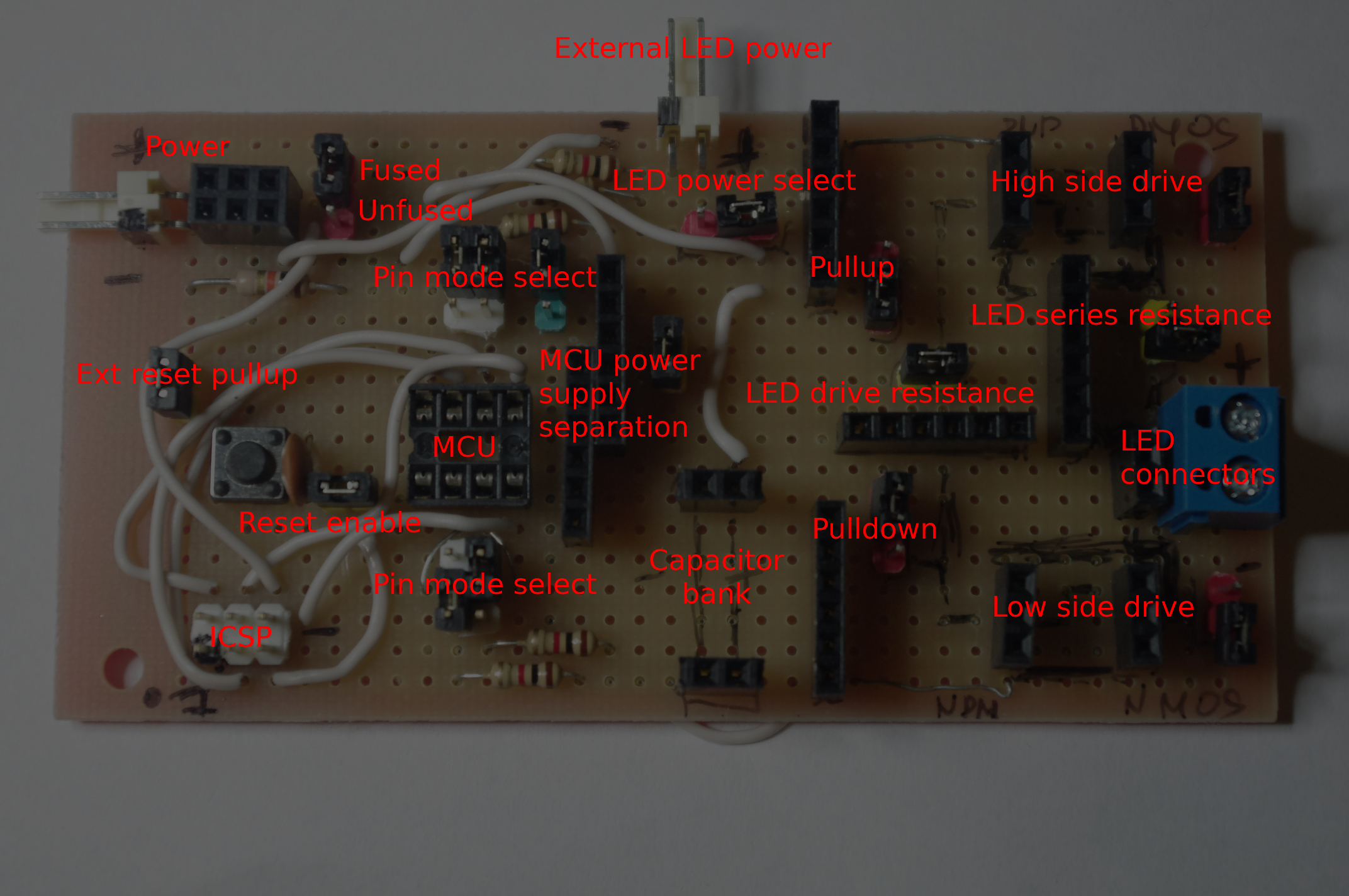
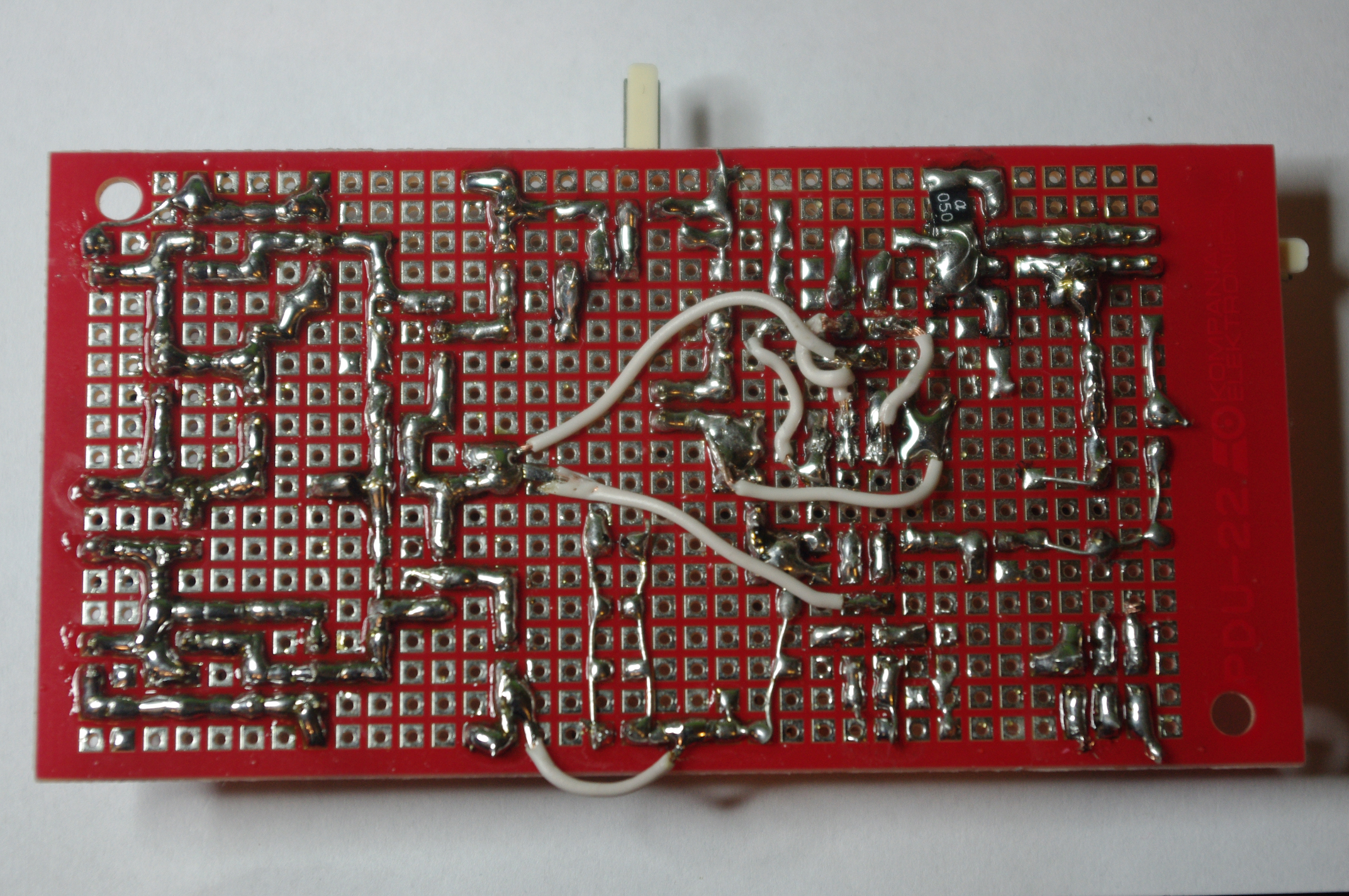
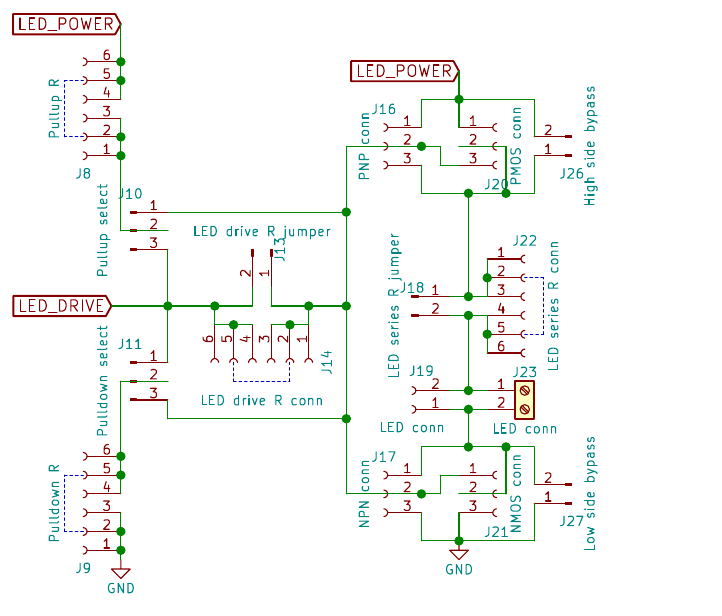
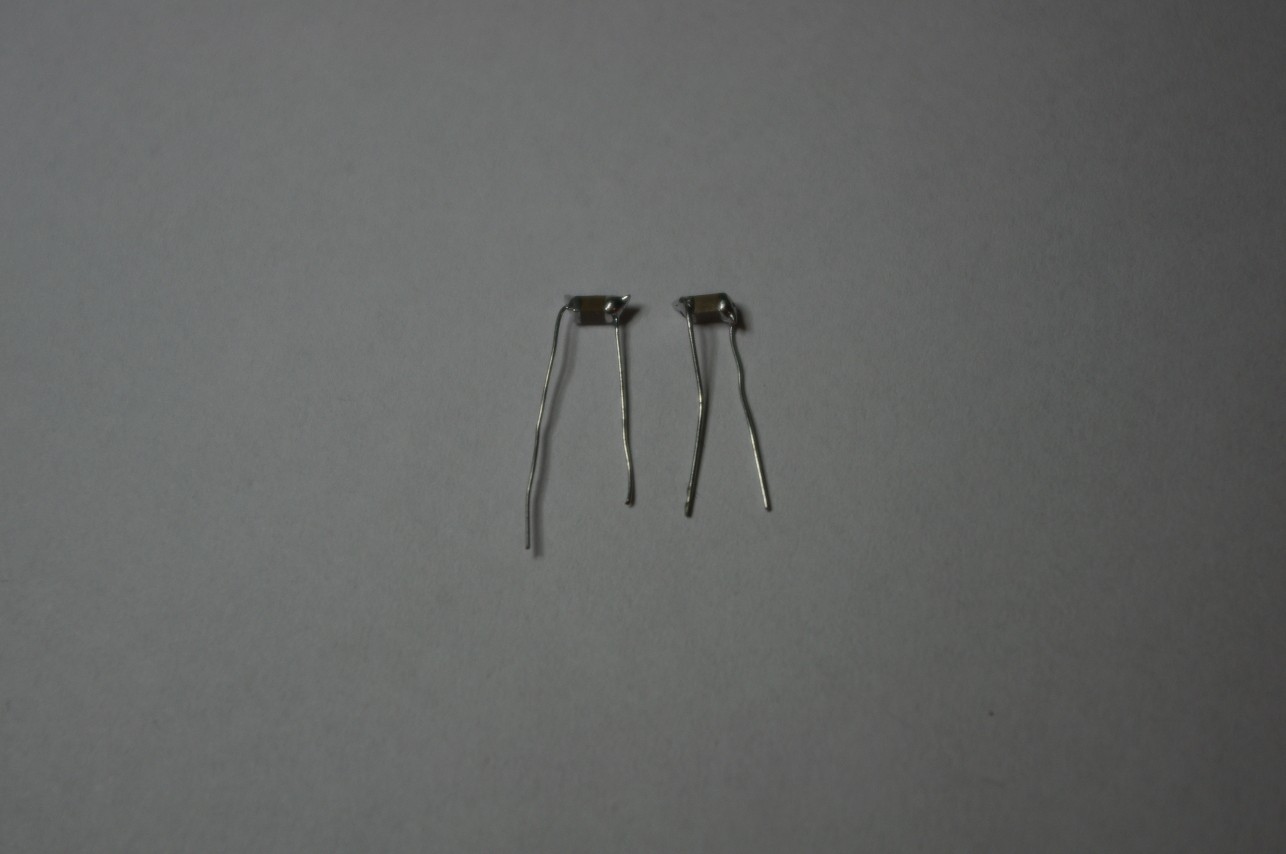
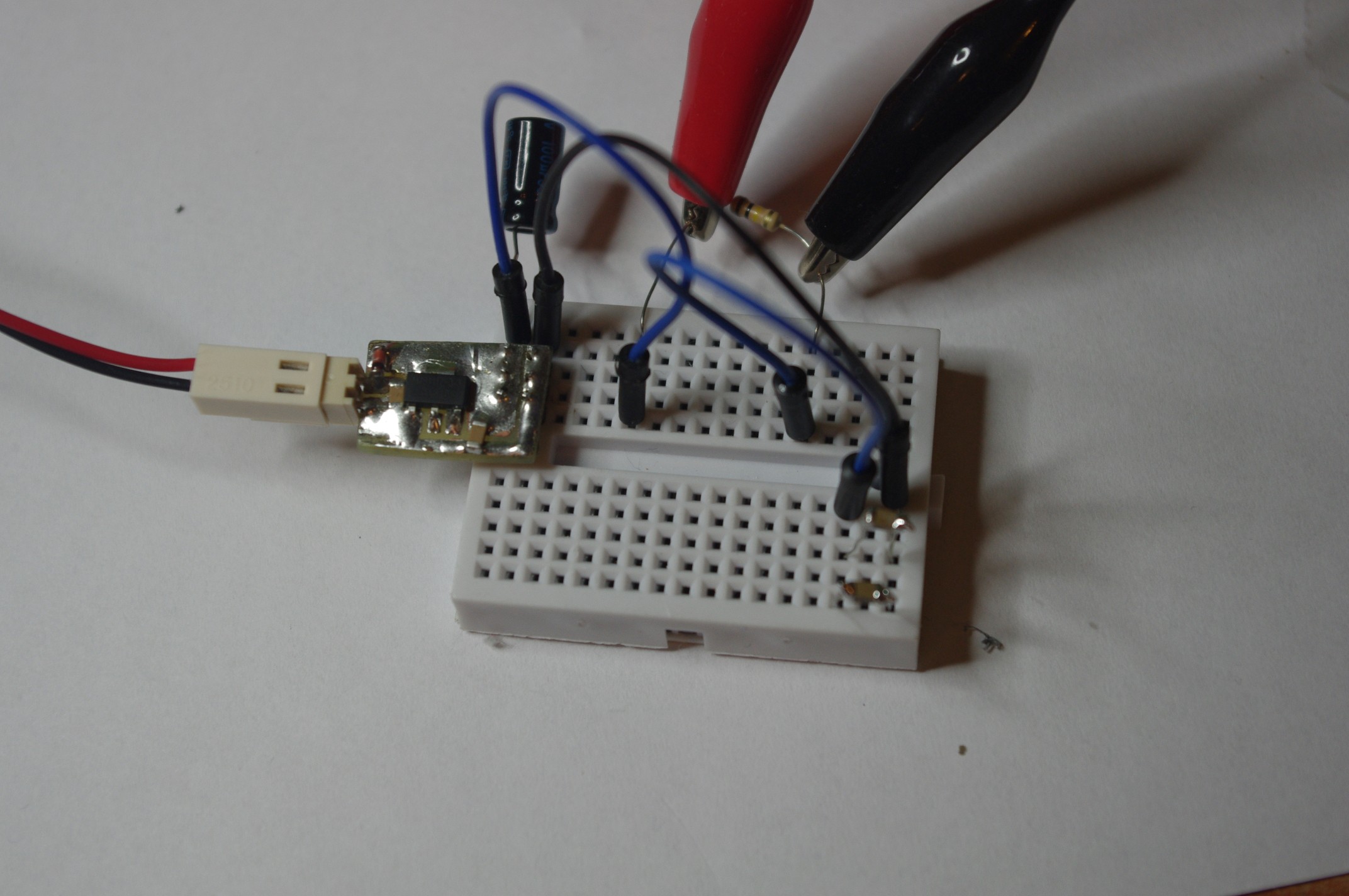
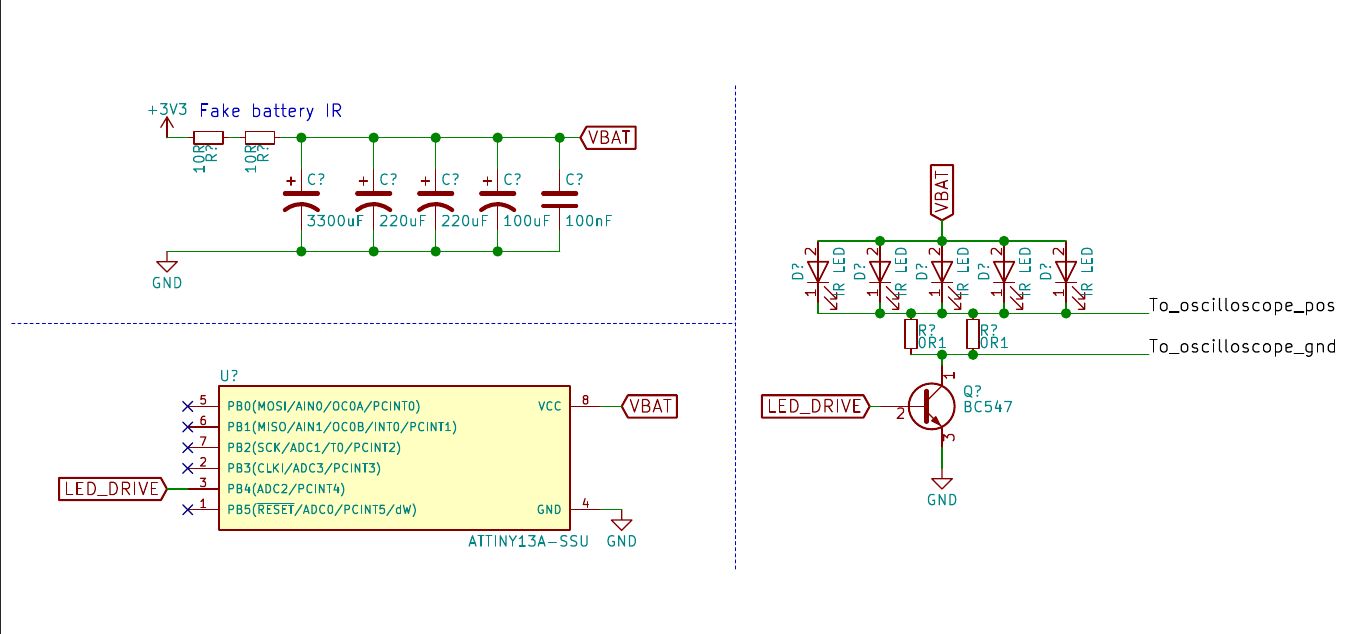
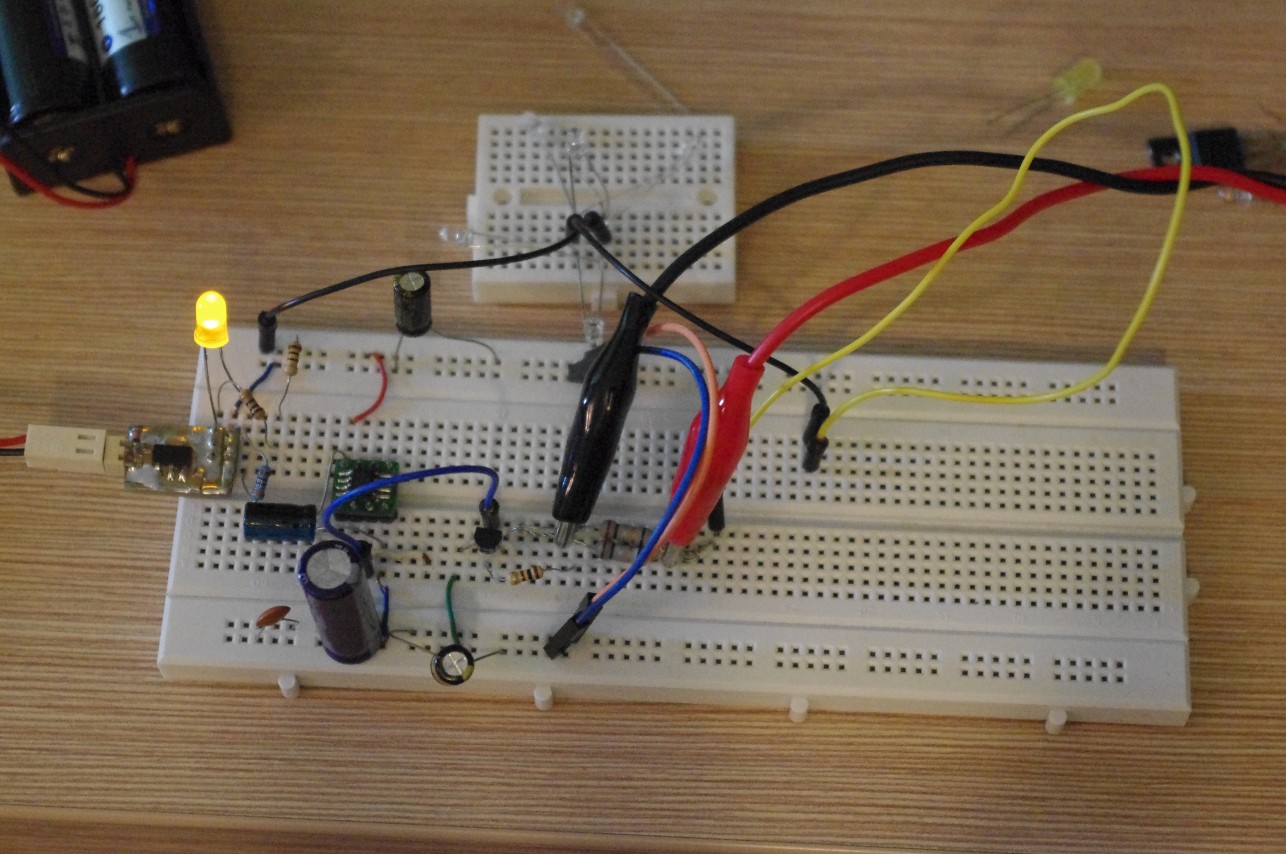

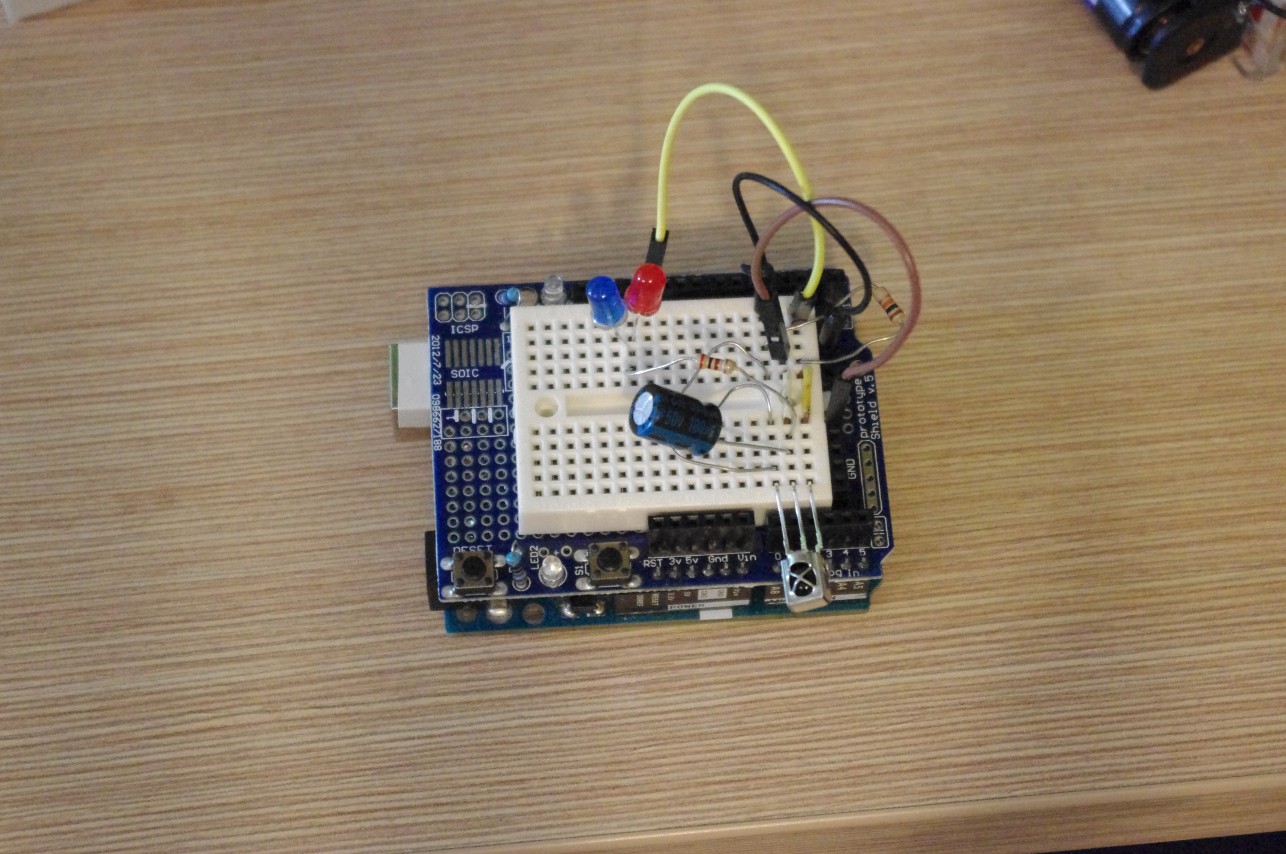

Thanks for that! It's equally important to know what won't work on a coin cell.